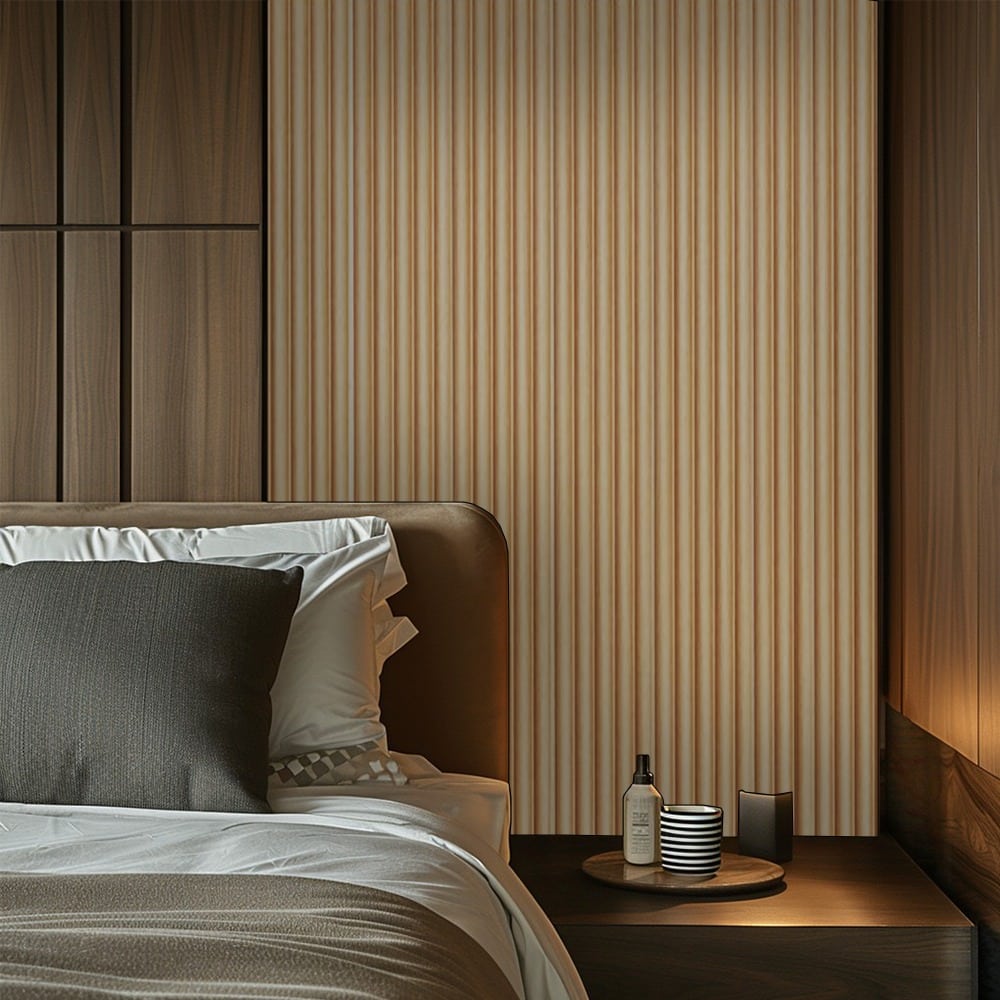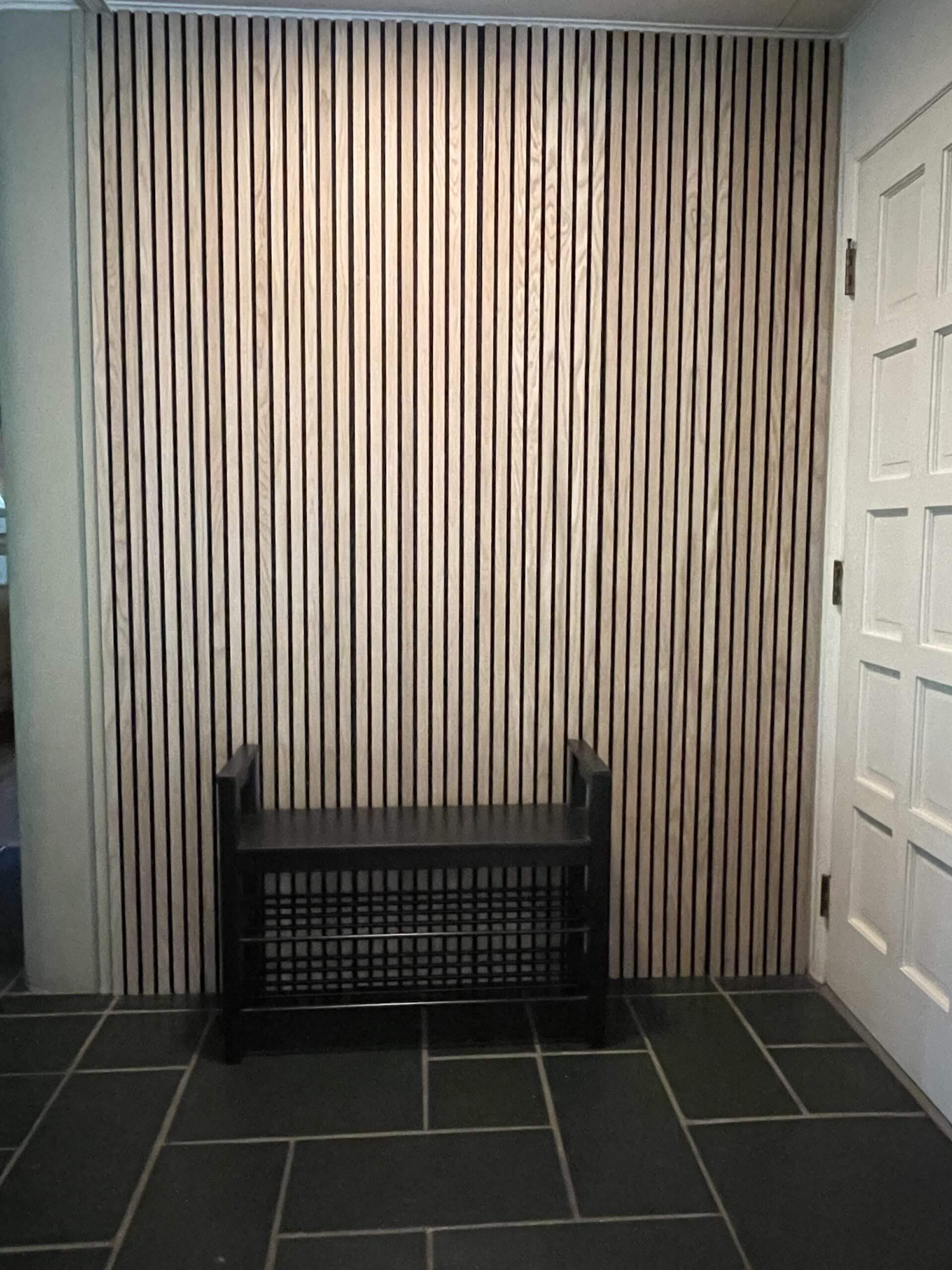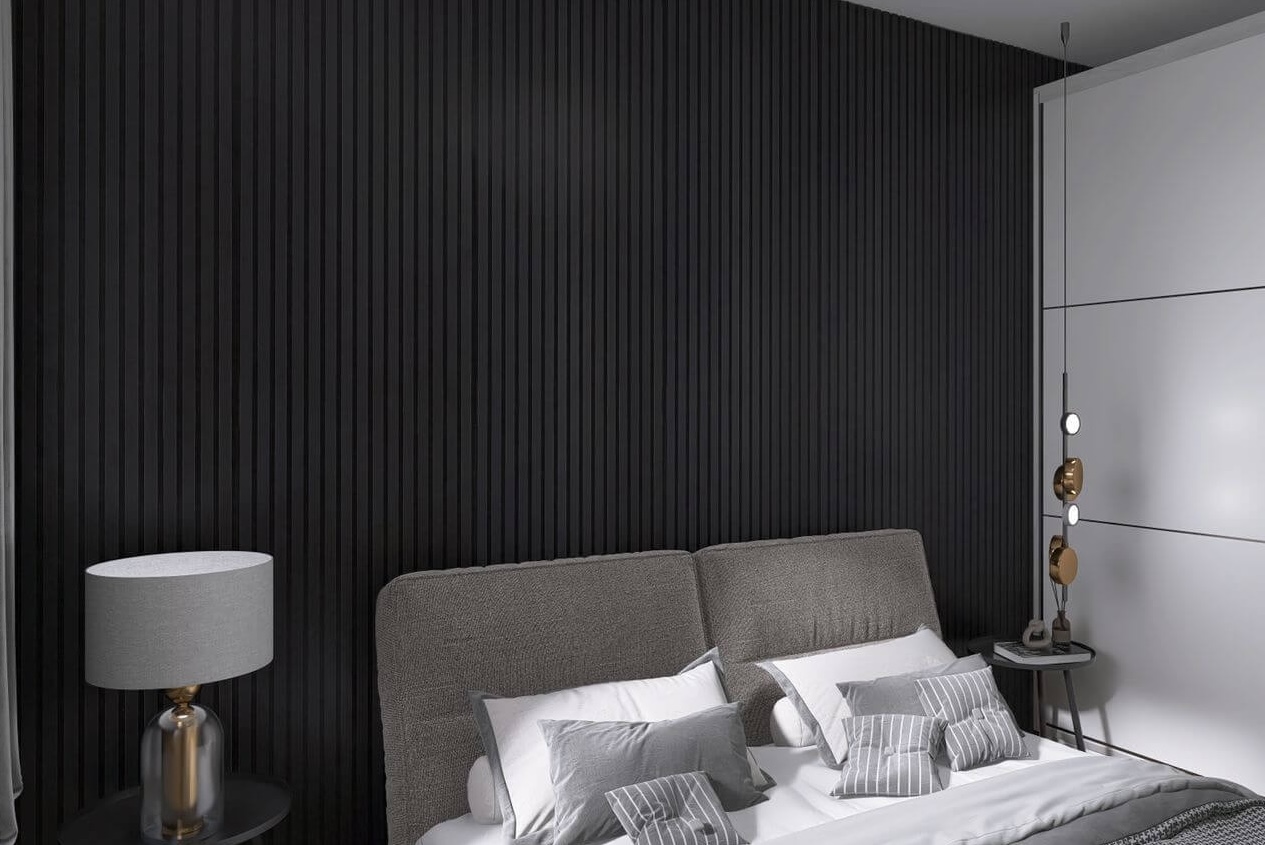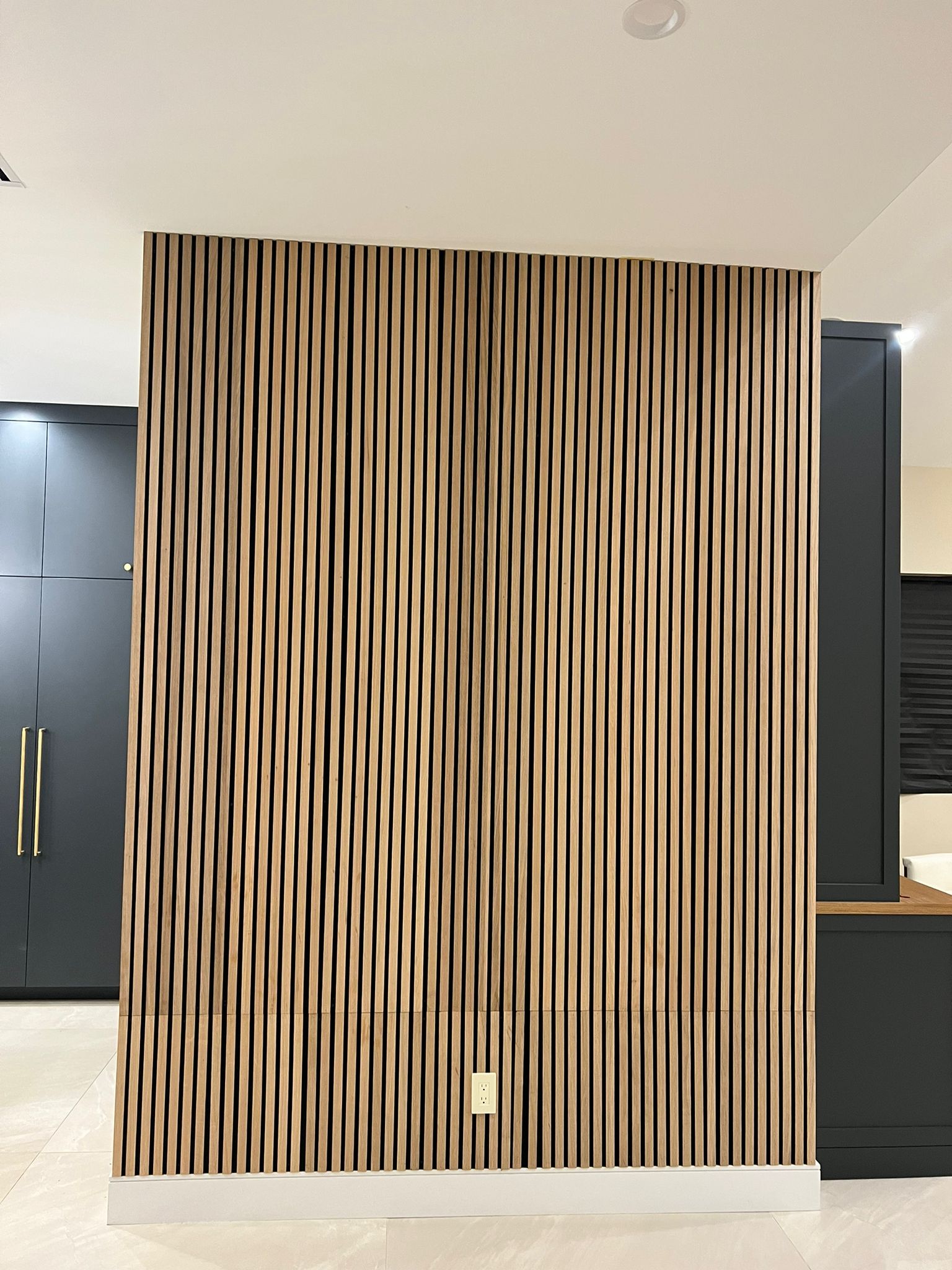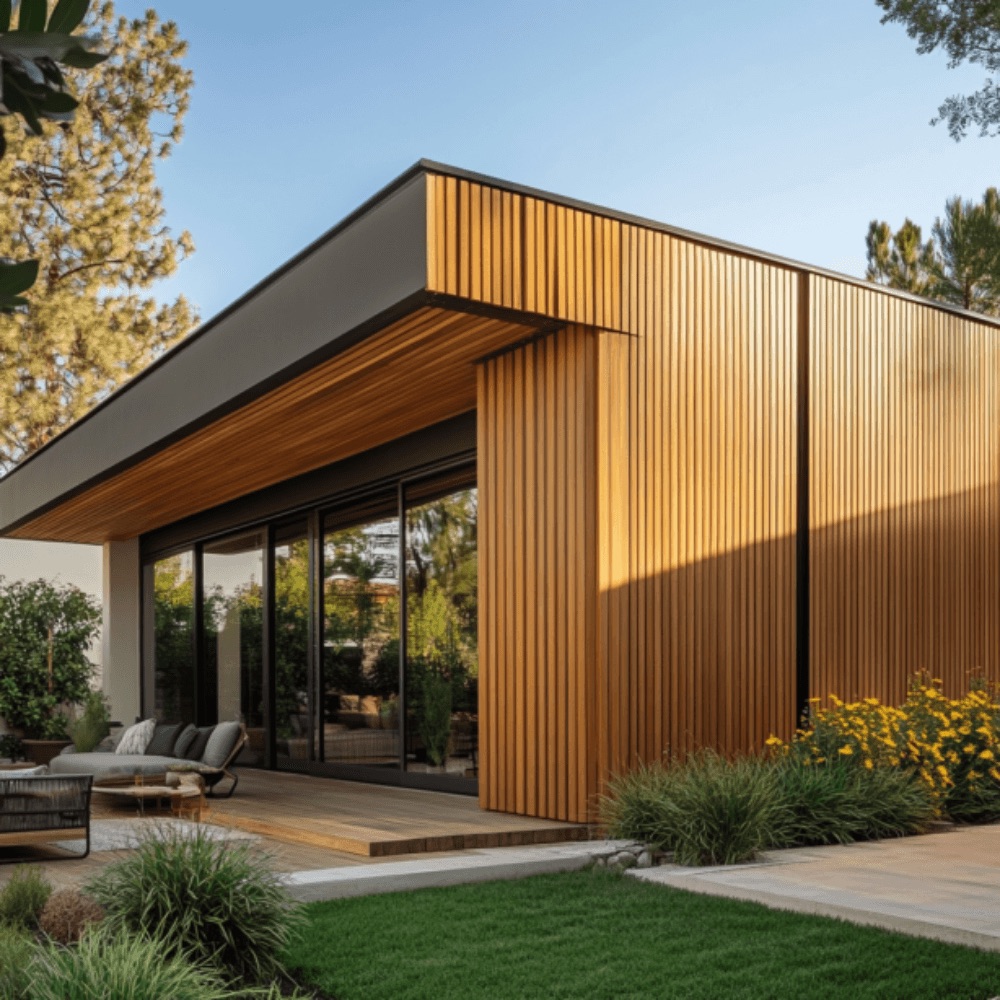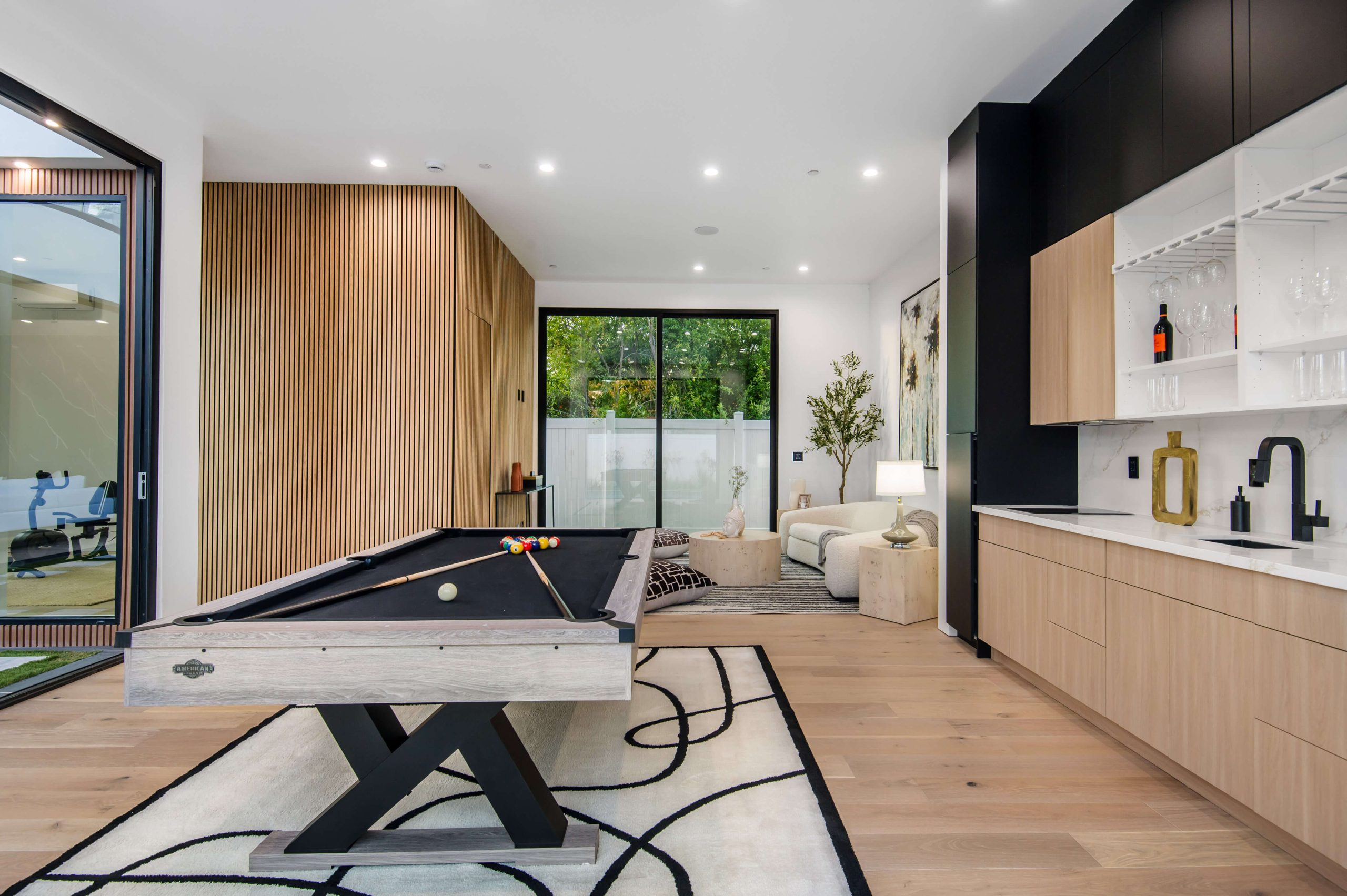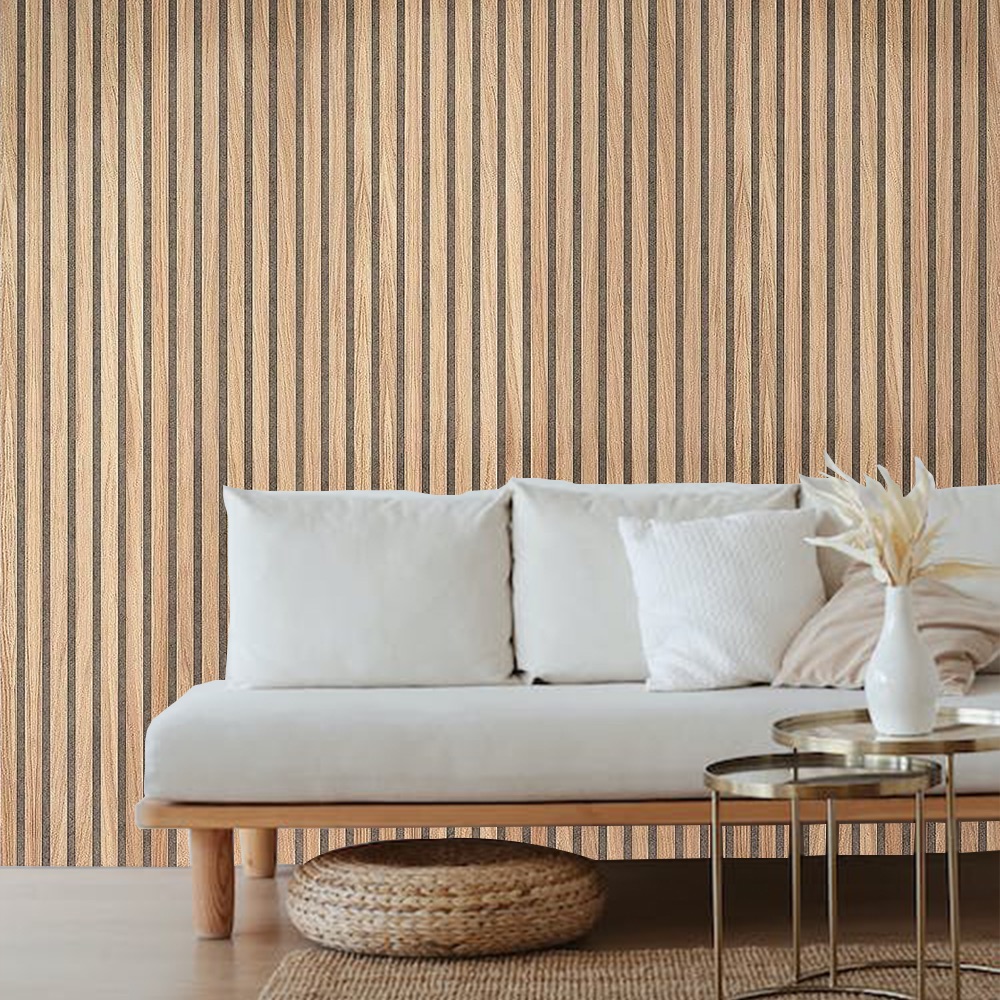When it comes to giving your walls a stylish, smooth, and modern look, wood paneling is a favorite choice. But with so many materials to pick from, one question keeps popping up: Is MDF for wall paneling the right way to go?
Let’s dive into what MDF really is and see if it’s the right match for your space.
MDF stands for Medium Density Fiberboard. It’s made by breaking down hardwood or softwood leftovers into fine particles, then combining them with resin and pressing them into solid, smooth boards. Unlike solid wood, MDF has no knots or grain. That means it’s super easy to paint and customize.
Here’s why so many people consider MDF for wall paneling:
- It’s affordable.
- It’s easy to cut and shape.
- The surface is smooth, perfect for painting.
- It gives a clean, seamless finish.
But just because it’s popular doesn’t mean it’s perfect for everyone. That’s why understanding the pros and cons helps you decide if it’s the best fit for your home or office.
Why MDF for Wall Paneling is a Popular Choice
We get it—style, cost, and durability matter. That’s where MDF shines. Many homeowners and designers love how MDF panels give walls a sleek and tidy look without blowing the budget. You can use MDF for wall paneling in almost any room. It’s flexible, easy to install, and looks great with different styles.
Here are a few reasons people choose MDF:
- Smooth Finish: No knots, no bumps, just smooth surfaces.
- Easy to Paint: Whether you like bright colors or soft tones, paint goes on evenly.
- Custom Shapes: Want fancy curves or simple lines? MDF makes it happen.
- Budget-Friendly: Cheaper than hardwood panels but still classy.
Real-Life Uses of MDF Panels
Imagine a cozy living room with sleek, white panels that make the space feel bigger and cleaner. Or think of a modern office with deep-toned MDF walls that add just the right touch of sophistication. We’ve seen customers use MDF for kitchen backsplashes, bedroom feature walls, and even hallway accents.
What to Watch Out For When Using MDF for Wall Paneling
Now, let’s be real. While MDF for wall paneling has lots of upsides, there are a few things to keep in mind.
- Moisture Trouble: MDF doesn’t like water. It can swell if it gets wet.
- Not as Strong as Solid Wood: It’s sturdy but not as tough as real wood.
- Can Dent Easily: It’s softer, so be careful when moving furniture.
If you’re using MDF in places like bathrooms or basements, make sure it’s moisture-resistant or sealed properly.
Comparing MDF to Other Wall Panel Options
To help you decide, we’ve put together a quick comparison.
| Material | Cost | Paintable | Water-Resistant | Durability | Best Use |
|---|---|---|---|---|---|
| MDF | Low | Yes | No (unless sealed) | Medium | Living rooms, hallways |
| Solid Wood | High | Yes | Yes | High | Feature walls, luxury spaces |
| Plywood | Medium | Yes | Somewhat | Medium | Utility rooms, DIY projects |
| PVC Panels | Medium-High | No | Yes | High | Bathrooms, basements |
This table shows that while MDF for wall paneling works well in many cases, it’s not the only option. It’s best to think about where it’s going and how much wear and tear it’ll see.
How to Get the Most Out of MDF Panels
Want your panels to last long and look great? Follow these easy tips:
- Seal the Edges: Use primer or sealant to keep moisture out.
- Use the Right Paint: Go for high-quality paints that protect the surface.
- Clean with Care: Wipe with a damp cloth—don’t soak it.
- Fix Dents Quickly: A bit of filler and sanding makes it like new.
With the right care, MDF for wall paneling can stay beautiful for years.
Top Wall Panel Styles You Can Create with MDF
One of the best things about MDF is how versatile it is. You can create all sorts of wall designs. Here’s a list of popular styles:
- Shiplap: Horizontal boards with a little gap between each one. Farmhouse vibes.
- Board and Batten: Vertical stripes that add a classic feel.
- Wainscoting: Panels on the lower part of the wall for elegance.
- Geometric Patterns: Use thin strips to make creative shapes.
And yes, all of these can be done using MDF for wall paneling.
Why Customers Keep Coming Back to MDF
We’ve had folks tell us how happy they are with the transformation. Whether they used MDF for a nursery, a home office, or a cozy reading corner, they loved how easy it was to work with and how professional it looked. Some even used it to cover up old, damaged walls and saved a lot on renovations.
If you’re still not sure, here’s a quick A–Z list of what MDF can offer:
A. Affordable B. Beautiful finish C. Custom styles D. Durable with care E. Easy to install F. Flexible designs G. Great for painting H. Homey feel
That’s just the beginning of why so many people are saying yes to MDF for wall paneling.
Ready to Choose the Right Wall Panel?
Picking the best wall panel isn’t just about looks—it’s also about what works best for your space. If you want something smooth, stylish, and easy to work with, MDF might be your best bet.
Want to see more ideas and options? Check out our full range of wall panel designs for inspiration that fits your style and budget.
Still thinking about materials? Take a moment to read our expert tips on choosing durable wall paneling materials to make a smarter decision.
And if you’re ready to make your space look amazing, browse our premium MDF and wood paneling collection now.
Looking to upgrade your walls with something smart, sleek, and budget-friendly? Try MDF—you might just fall in love with the results!
FAQs
1. Can I use MDF wall panels in rooms with moisture, like bathrooms or kitchens?
We don’t recommend using regular MDF in high-moisture areas. It can swell or get damaged when exposed to water. If you’re set on using MDF for your bathroom or kitchen, make sure to choose moisture-resistant MDF and seal all edges properly.
2. Is MDF strong enough for everyday use on walls?
Yes, MDF is strong enough for most wall paneling projects in areas like living rooms, bedrooms, and hallways. It won’t handle heavy impacts like solid wood, but for normal wall use, it holds up well with the right installation and care.
3. Can we paint MDF panels ourselves, or do we need a professional?
You can absolutely paint MDF panels yourself! That’s one of its best features. Just be sure to prime it first to help the paint stick. A smooth finish is easy to get with a little sanding and a couple of coats of paint.
4. What’s the best way to clean and maintain MDF wall panels?
Just wipe them gently with a dry or slightly damp cloth. Avoid soaking them or using harsh cleaners. If you see a dent or scratch, you can use a bit of filler and light sanding to make it look new again.
5. Why would I choose MDF over real wood or PVC for wall paneling?
If you’re looking for an affordable, paint-friendly, and easy-to-work-with option, MDF is a smart choice. It’s perfect for clean designs and custom wall patterns. It may not be as tough as wood or as water-resistant as PVC, but for dry indoor spaces, it delivers great value and a beautiful finish.

